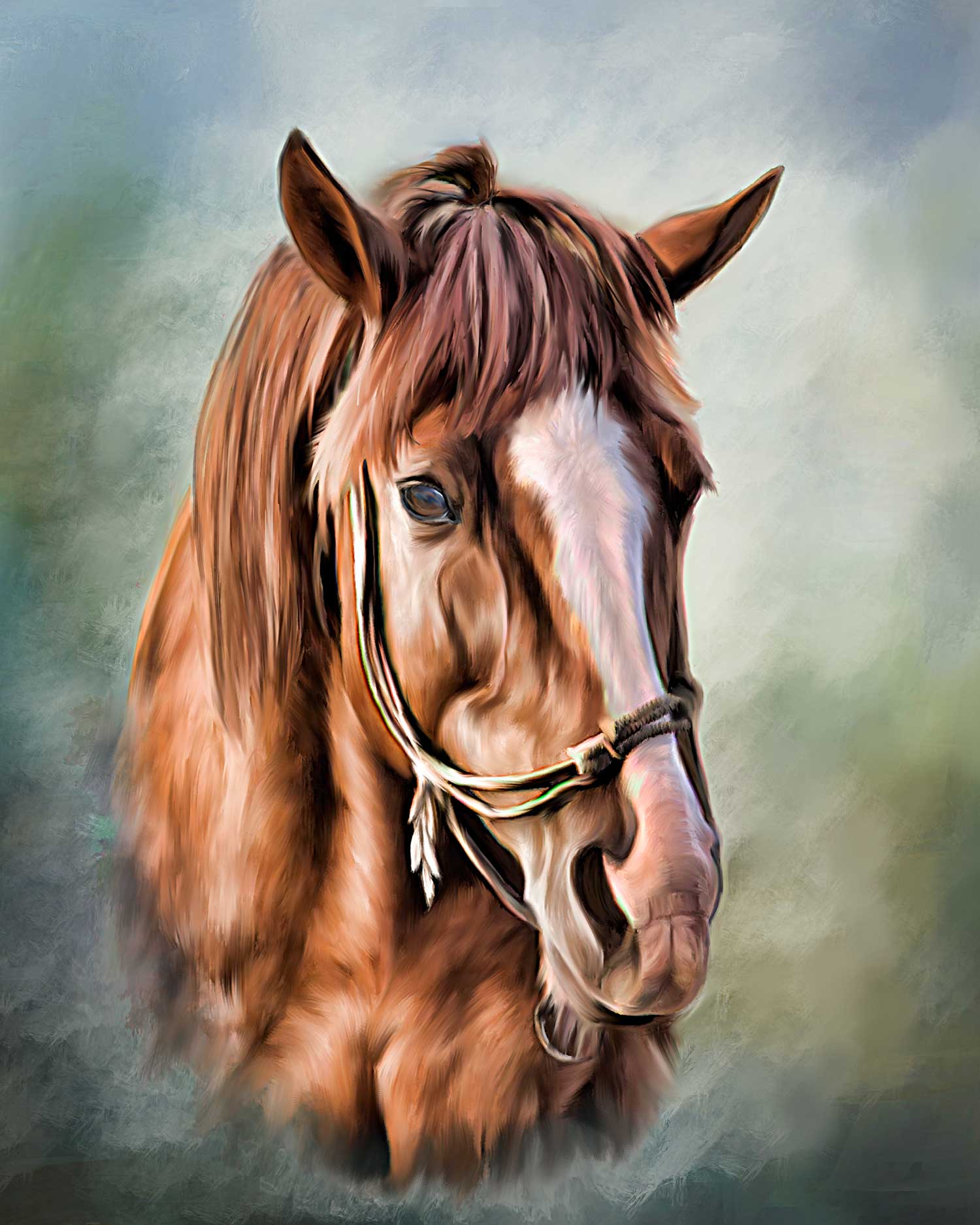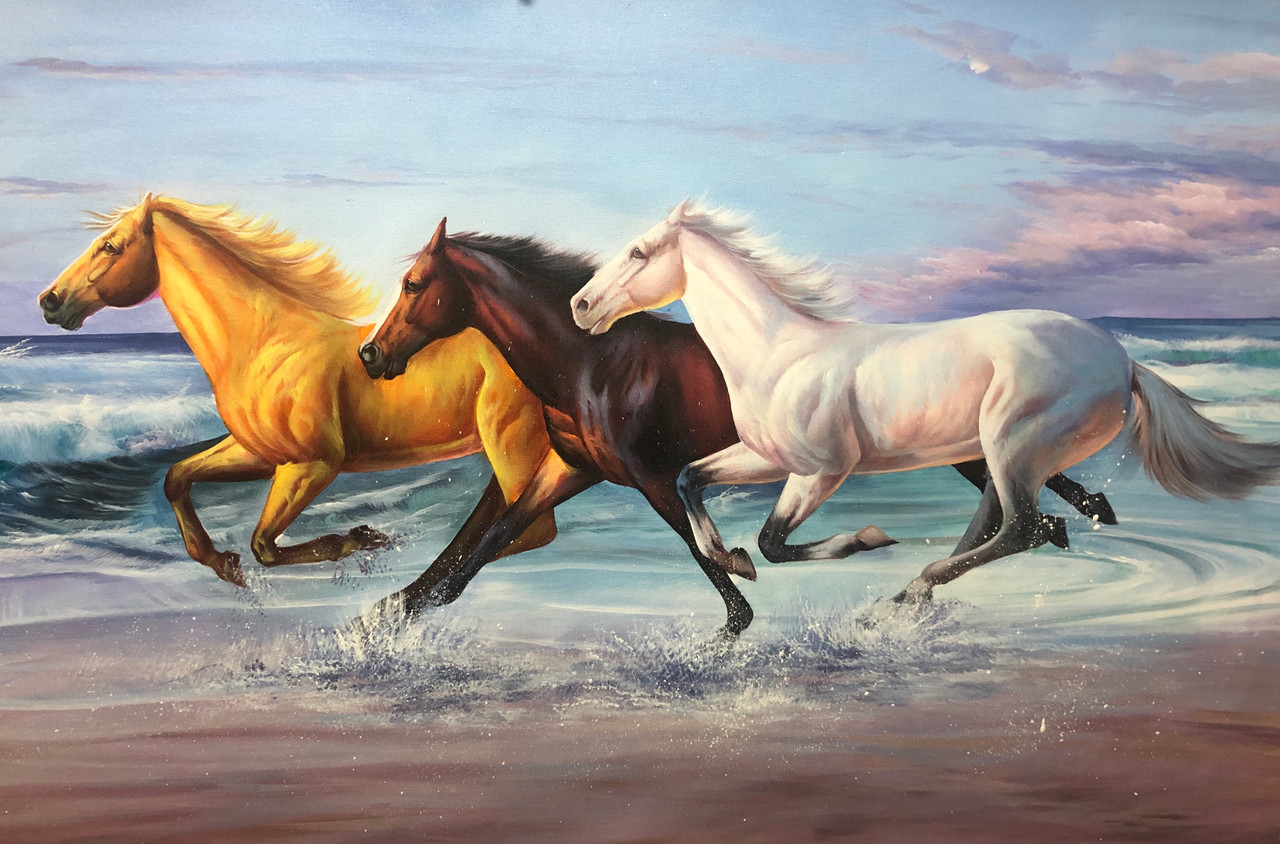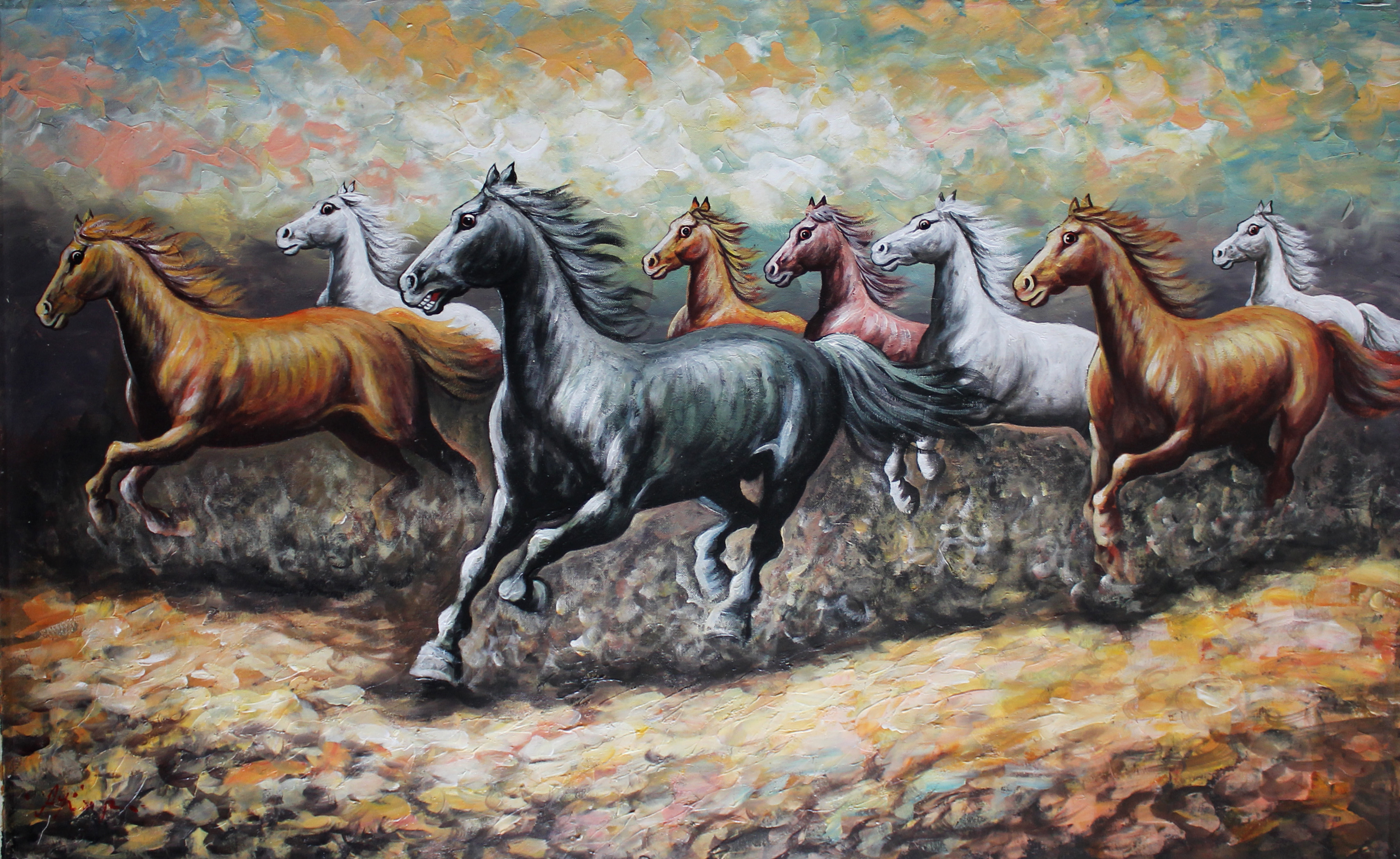
The Beauty and Elegance of Horse Art

Horses have long been admired for their beauty and elegance, captivating the hearts of many. It is no wonder that horse art has become a popular subject among artists and art enthusiasts alike. From ancient cave paintings to modern-day masterpieces, the depiction of horses in art has evolved over time, reflecting the cultural and historical significance of these majestic creatures.
The Evolution of Horse Art

Throughout history, horses have played a crucial role in human civilization. They have been depicted in various art forms, including paintings, sculptures, and even tapestries. In ancient civilizations such as Mesopotamia and Egypt, horses were often portrayed as symbols of power and strength.
As artistic techniques advanced, horse art became more realistic and detailed. The Renaissance period saw the rise of equestrian portraiture, with artists like Leonardo da Vinci and Peter Paul Rubens capturing the grace and nobility of horses in their works. The development of photography in the 19th century further influenced horse art, allowing artists to capture the intricate details of these magnificent creatures.
Horse Art in Different Cultures
Horse art is not limited to a specific culture or region. It can be found in various forms across the globe, each with its own unique style and symbolism. In Chinese art, horses are often portrayed as symbols of success and prosperity. The Tang Dynasty's "Flying Horse" sculpture is a famous example, representing the swift and powerful nature of horses.
In Native American art, horses are revered as sacred animals. The intricate horse designs found in Navajo rugs and Plains Indian ledger art showcase the deep spiritual connection between Native Americans and these majestic creatures. Similarly, in Islamic art, horses are often depicted in intricate patterns and motifs, symbolizing strength and courage.
Contemporary Horse Art

Today, horse art continues to evolve, with contemporary artists exploring new styles and techniques to capture the essence of these magnificent creatures. Some artists focus on the realistic portrayal of horses, while others take a more abstract approach, using bold colors and expressive brushstrokes to convey the energy and spirit of these animals.
With the advancements in technology, horse art has also found its way into the digital realm. Digital artists now have the ability to create stunning and lifelike horse portraits using software and digital painting tools. This fusion of traditional and digital art has opened up new possibilities for artists to experiment and push the boundaries of horse art.
The Impact of Horse Art on Society

Horse art not only serves as a visual representation of these magnificent creatures but also has a profound impact on society. It has the power to evoke emotions, inspire imagination, and foster a deeper appreciation for the natural world. Horse art can be found in galleries, museums, and even public spaces, bringing beauty and joy to people from all walks of life.
Furthermore, horse art has also become a popular subject for interior design. Horse-themed artworks, such as paintings and sculptures, are often used to add a touch of elegance and sophistication to homes and offices. They can create a sense of serenity and connection with nature, providing a calming and inspiring atmosphere.
Conclusion
Horse art has captivated audiences for centuries, reflecting the beauty, grace, and cultural significance of these magnificent creatures. From ancient cave paintings to contemporary digital artworks, the depiction of horses in art continues to evolve and inspire. Whether it's a realistic portrait or an abstract interpretation, horse art has the power to transport us to a world of beauty and imagination.